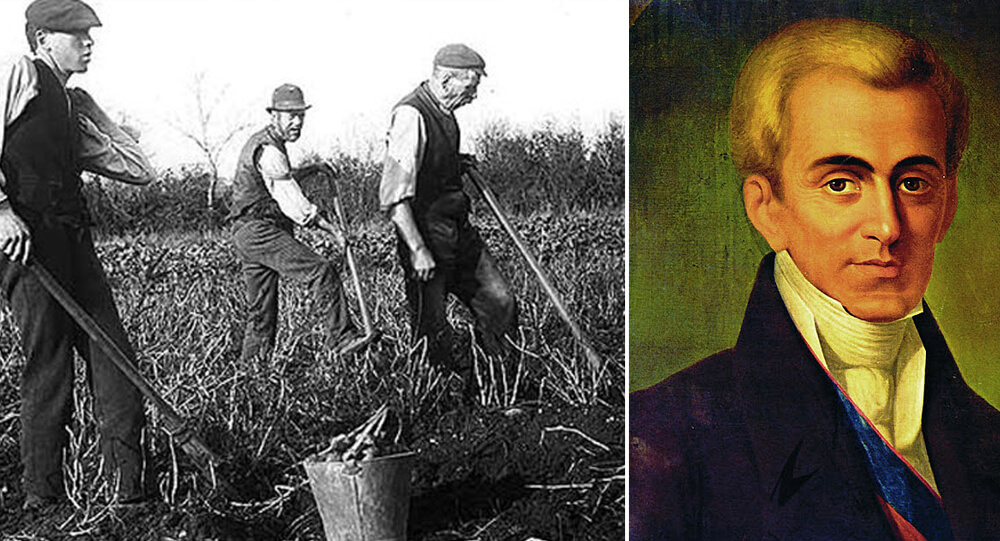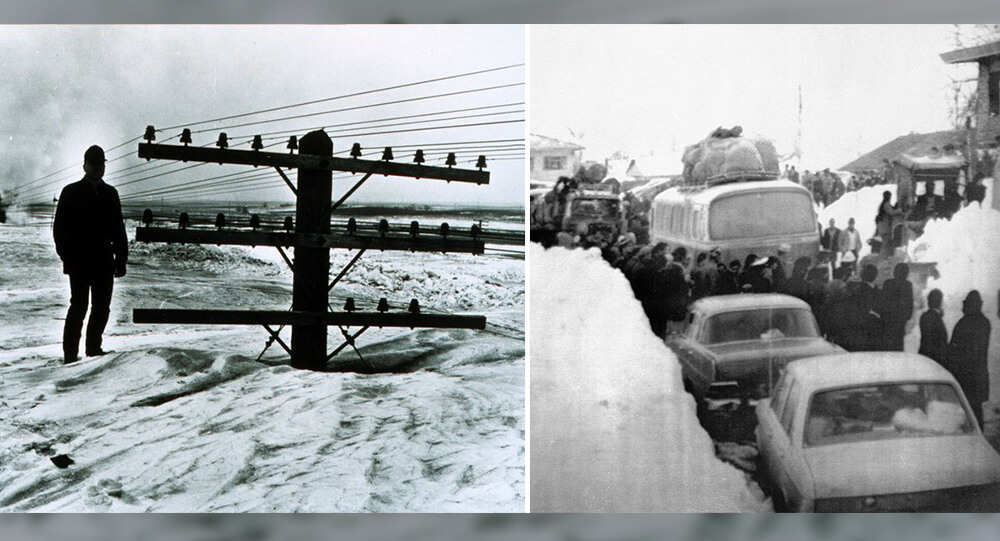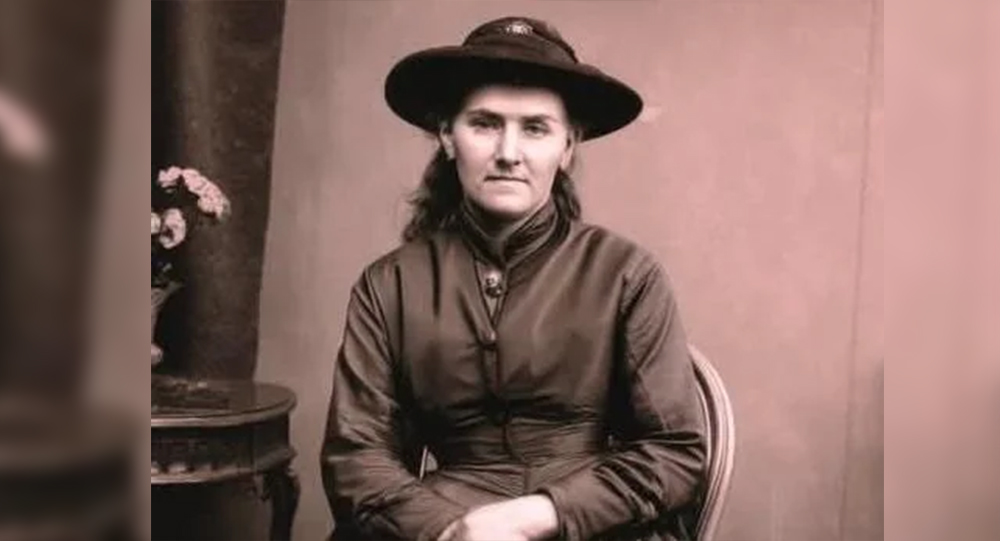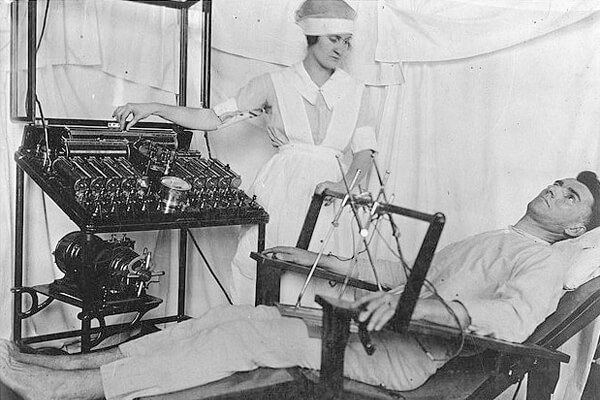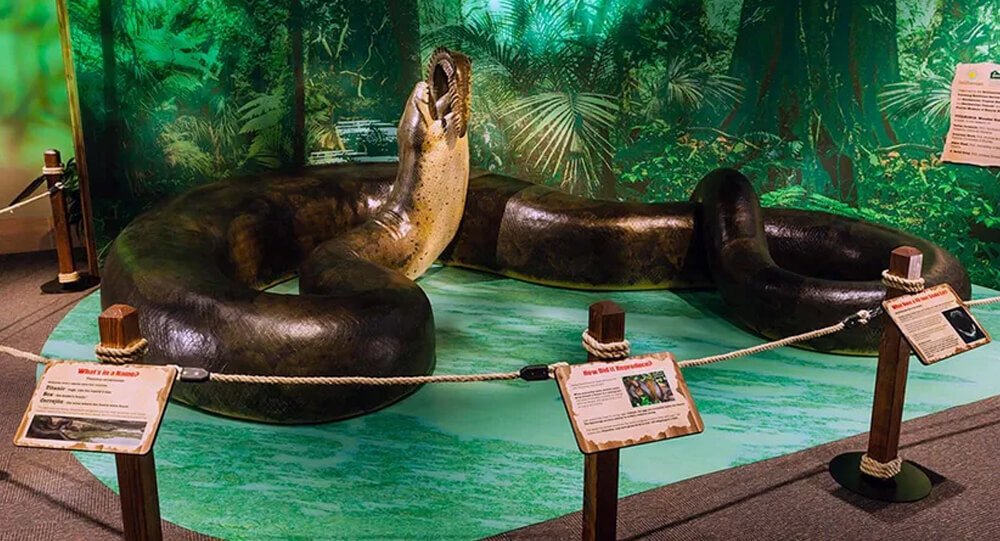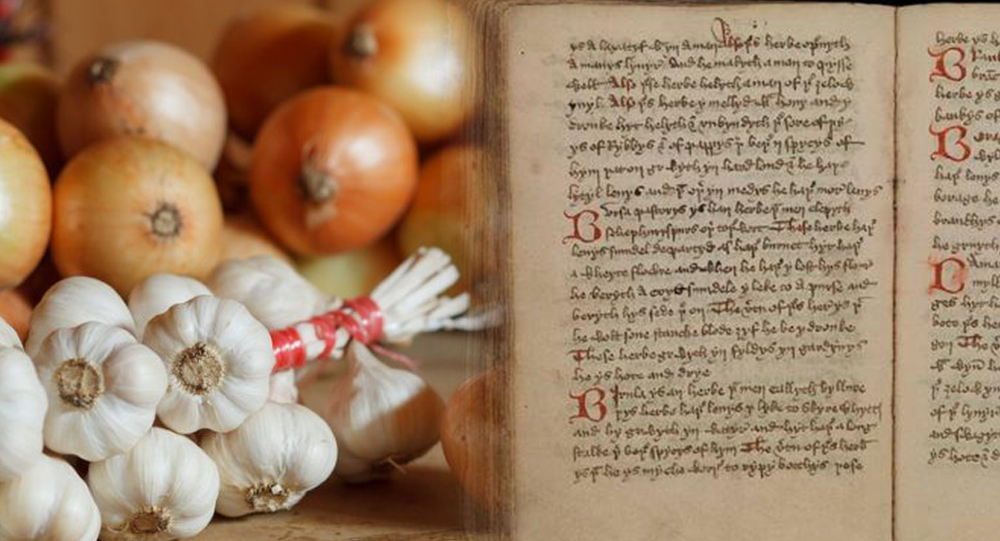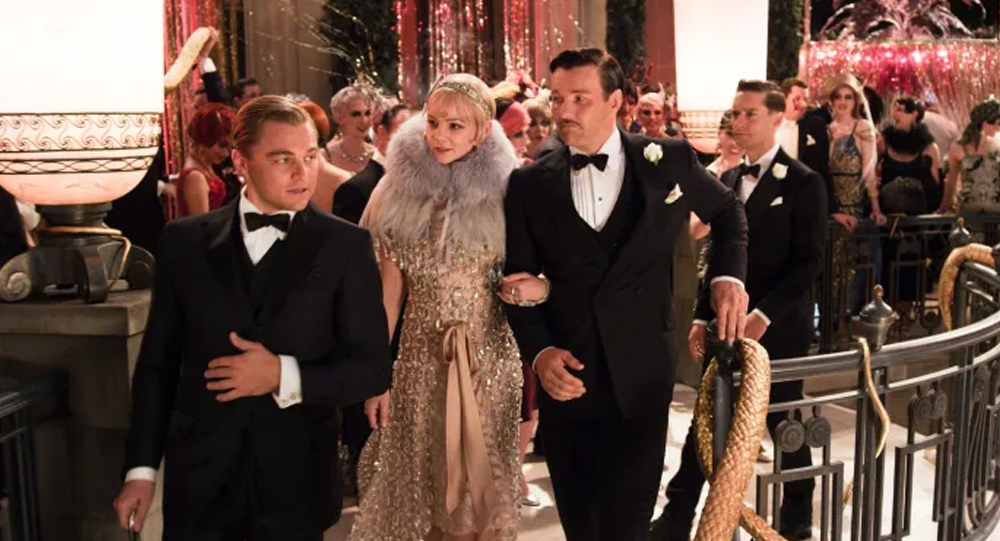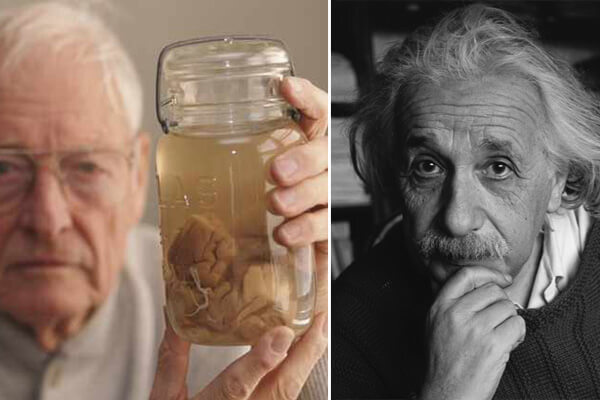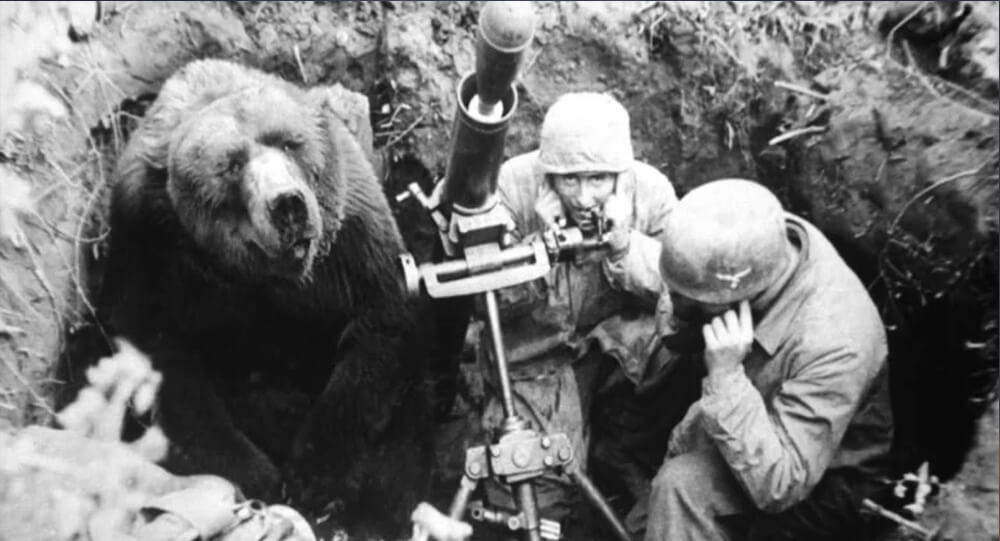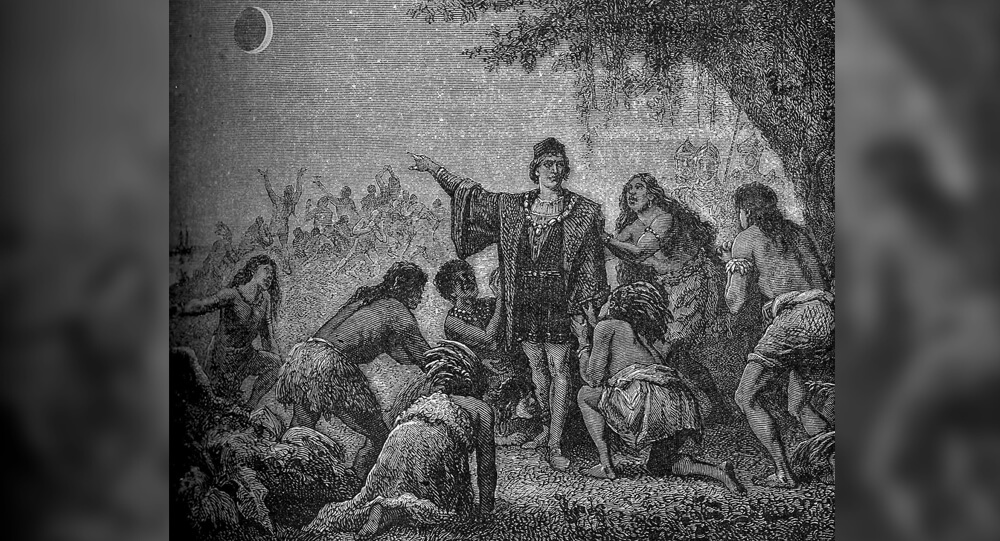

The Tragic Story Of Mary Ann Bevan, The ‘Ugliest Woman In The World’
Early in the 20th century, Mary Ann Bevan, a beautiful Englishwoman, was forced to perform in sideshows and circuses in order to support her family after she was diagnosed with acromegaly.
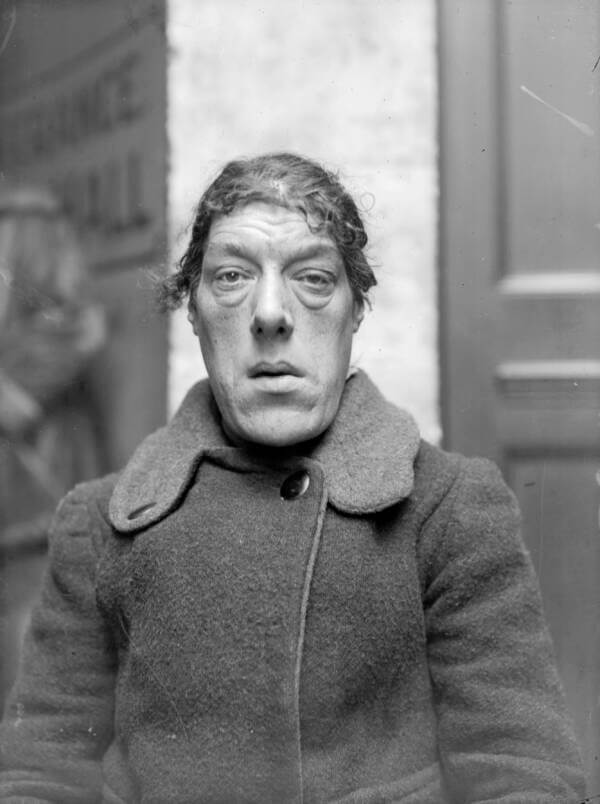
Mary Ann Bevan, who was born in the late 19th century on the outskirts of London, wasn’t always referred to as being “ugly.” In fact, when she was a young girl, she was even thought to be attractive.
That all changed when she developed a rare disfiguring disease well into adulthood and after becoming a mother multiple times. Bevan used her appearance to make a living despite the fact that after a short period of time her hands, feet, and features were completely altered.
This is the story of how Mary Ann Bevan became the Ugliest Woman in the World, one of the most tragic figures in the once-thriving sideshow business, to support herself and her family.
Earlier Years of Mary Ann Bevan
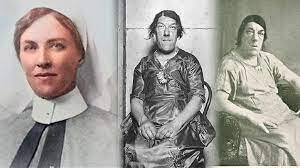
On December 20, 1874, Mary Ann Webster was born to a big family on the outskirts of London. She grew up exactly like her siblings, and in 1894 she earned her nursing license. In 1903, she married Thomas Bevan, a farmer from the county of Kent.
The marriage gave birth to two healthy sons and two healthy daughters, and the Bevans settled into a happy, fruitful life. Sadly, Thomas passed away unexpectedly in 1914, leaving Mary to care for four children on her tiny income. Soon after her husband passed away, she started to exhibit symptoms of acromegaly, a condition in which the pituitary glands produce too many growth hormones.
One of the more uncommon pituitary conditions, acromegaly, can now be treated if caught early enough. Bevan had no way to treat or prevent the condition, however, due to the limitations of early 20th-century medicine, and she soon noticed that her features had changed beyond recognition.
Mary Ann Bevan Deals With Acromegaly Head-On
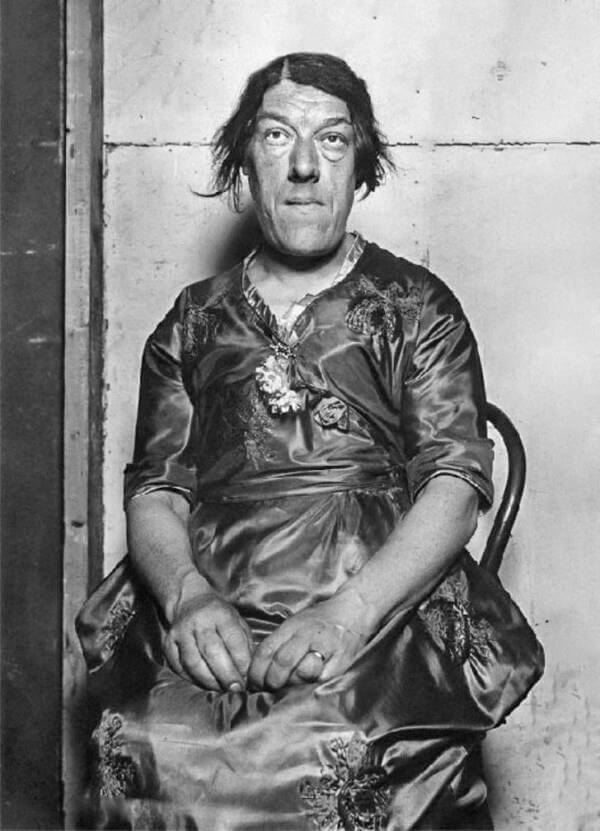
Bevan’s otherwise normal hands and feet grew out of all proportion, her forehead and lower jaw extended, and her nose grew noticeably bigger as a result of her condition. She turned to odd jobs to support her family because her changing appearance made it difficult for her to find and keep a job.
She was permanently altered by the rare condition. Years later, a former worker at the fairgrounds claimed that the farmer she was employed by was the one who told Bevan that “all [she was] fit for [was] the ugly woman competition.”
Bevan took the farmer’s advice to heart and entered the “Homeliest Woman” competition right away, easily defeating 250 other women to win the illustrious title. Since her doctor had assured her that her condition would only get worse, she decided to take advantage of the attention her victory had attracted from sideshow operators in order to support her children. She soon had consistent work performing at fairgrounds all over the British Isles as part of a traveling fair.
In 1920, Bevan responded to the “Wanted: Ugliest woman” advertisement in a London newspaper. Nothing hideous, mangled, or deformed. For the selected applicant, a good salary and a lengthy engagement are guaranteed. The ad had been placed by a British agent for Barnum and Bailey’s circus, who discovered that she had “the face of an ugly woman that was not unpleasant,” which may sound paradoxical.
Mary Ann Bevan’s Sideshow Success
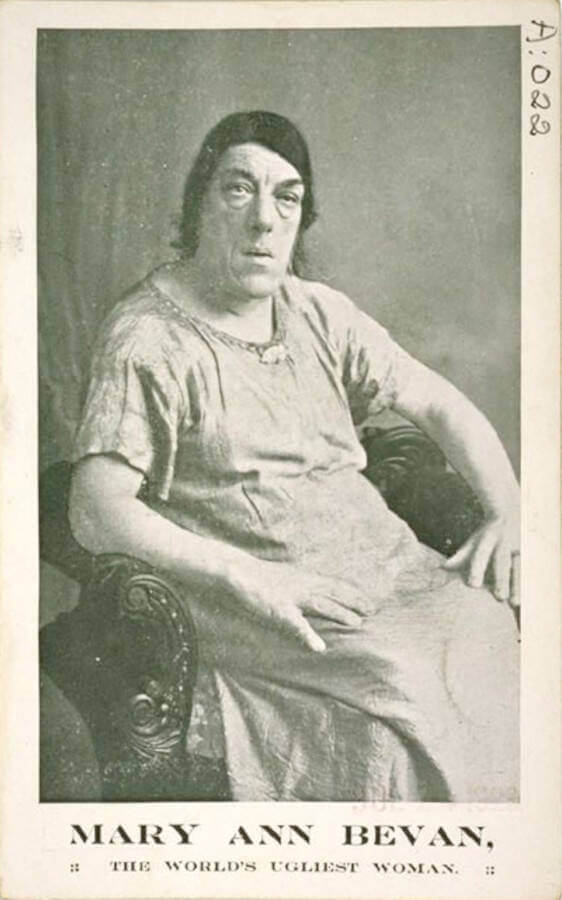
Bevan was invited to perform in the sideshow at Coney Island’s Dreamland amusement park, which at the time was one of the biggest venues in the world for sideshow performers, after mailing the agent a photograph created especially for the occasion. The idea for the attraction originated with Senator William H. Reynolds and promoter Samuel W. Gumpertz, who is regarded as one of the most influential people in sideshow history and later collaborated with Harry Houdini.
She was paraded alongside other well-known sideshow performers like Zip the “Pinhead,” Jean Carroll, the Tattooed Lady, and Lionel, the Lion-Faced Man. The 154 pounds she lugged around on her 5′ 7″ frame, along with her size 11 feet and size 25 hands, were open for all Dreamland visitors to admire. Bevan accepted the demeaning treatment with composure. She “smiled mechanically, offered postcards of herself for sale,” earning enough money for her own education and the education of her kids.
As the years went by, Mary Ann Bevan kept attracting crowds and even joined the world-famous Ringling Bros. and Barnum & Bailey show to perform. In just two years of performing in New York, she earned £20,000, roughly equivalent to $1.6 million in 2022. She also succeeded in her goal of providing for her children.
The Last Days Of Mary Ann Bevan
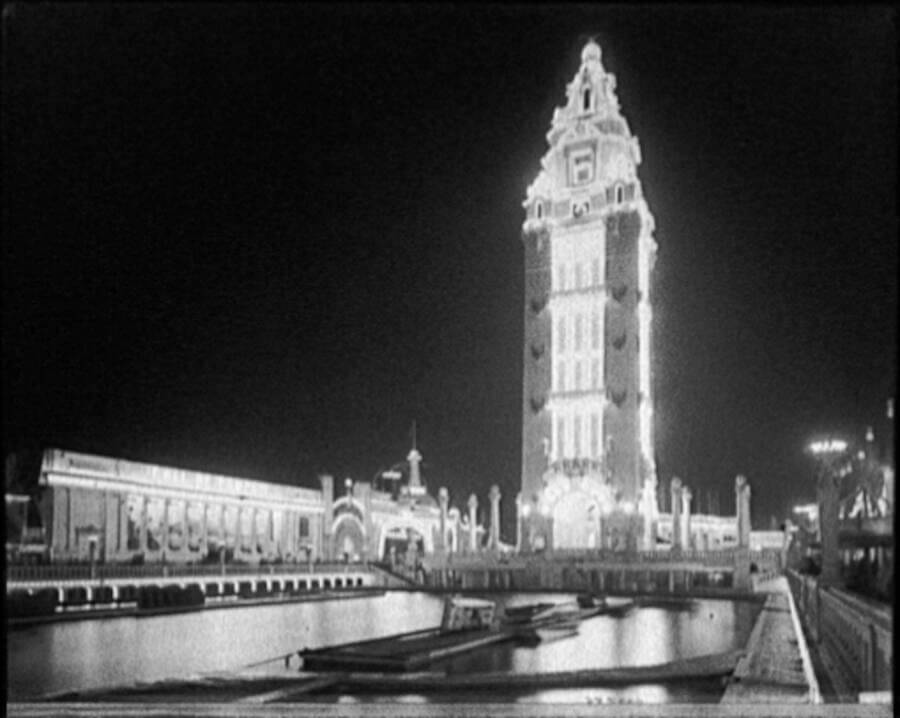
Bevan also had relationships with people outside of the sideshow crowd and had friends. She began dating Andrew, a giraffe keeper, while she was performing at Madison Square Garden in 1929. She even consented to a makeover at a New York beauty salon, where stylists straightened her hair, gave her a manicure, and massaged her. They also put makeup on her face.
Mary Ann herself, however, upon seeing her reflection, merely said, “I guess I’ll be getting back to work.” Some people cruelly claimed that “the rouge and powder and the rest were as out of place on Mary Ann’s countenance as lace curtains on the portholes of a dreadnought.”
Bevan worked at Coney Island for the remainder of her life, passing away there on December 26, 1933, at the age of 59. She was buried in Brockley and Ladywell Cemetery in Southeast London before being flown back to her native country for her funeral.
Mary Ann Bevan was a forgotten figure known only to experts in sideshow history for many years before her likeness was mockingly used on a Hallmark card in the early 2000s. The card was withdrawn after concerns were raised about further humiliating her.

The unbroken seal on King Tutankhamun's tomb until 1922
The unbroken seal of Tutankhamun's tomb before it was opened in 1923, it was unbroken for over 3000 years.

Thomas Baker's heroic act that earned him the "Medal of Honor" was 8 bullets until death
Thomas Baker instructed his team to leave him with a pistol and eight bullets propped up against a tree after he was injured. Later, American troops discovered the now-deceased Baker in the same location, lying next to eight dead Japanese soldiers and carrying an empty pistol.

Keith Sapsford: The Story of 14-Year-Old Stowaway
The final image of 14-year-old Australian Keith Sapsford, who aspired to travel the world. In February 1970, he sneaked into the wheel-well of a plane flying from Sydney to Tokyo. It opened mid-air & fell out. When a photographer was testing a new lens, he captured this moment on film and was surprised when it developed.

How Greek prime minister in 1830’s tried to spread the potato in Greece
A Greek prime minister in 1830’s tried to spread the potato in Greece but people weren’t interested so he put armed guards in front of shipments of potatoes so people would think they were important. People later started stealing these potatoes a lot which spread the crop to all of Greece.

During the 1996 Olympic bombing, Richard Jewell falsely accused of committing the crime after saving dozens of people
Richard Jewell, an American security guard, discovered a bomb during the 1996 Olympic Games in Atlanta and assisted in the evacuation, but was later wrongfully accused and faced public scrutiny. He was cleared, but it had a lasting impact on him until his death in 2007 at the age of 44.

The worst blizzard in recorded history: the 1972 Iran blizzard
The deadliest snowstorm ever recorded occurred in Iran in 1972. It lasted for a week, burying areas in 26 feet of snow and killing over 4,000 people, including the entire populations of three villages.

Why This Belgian Bar Makes You Trade Your Shoe for a Beer
To prevent tourists from stealing their beer glasses, some bars in Belgium require people to hand over one of their shoes as a deposit which is then put in a basket and hung from the ceiling. These shoe baskets have also become an attraction.

Why Comedians Failed to Make Sober Sue Laugh in the Early 1900s
In the bustling vaudeville scene of early 20th century New York, a mysterious performer known as "Sober Sue" captured public imagination not for jokes or songs, but for her unshakable stoicism—she never smiled or laughed. A local theater even offered a tempting reward of $1,000 to anyone who could make her laugh, drawing crowds and famous comedians eager to claim the prize. Despite countless hilarious attempts, Sue remained expressionless, a mystery that baffled performers and audiences until it was revealed that she suffered from facial paralysis, explaining her unchanging demeanor.

Top 10 most cruel medical procedures that are being used today
We are all aware that medicine has advanced dramatically over the last fifty years. There are several modern medical approaches available today, but this was not always the case. However, the past of medicine is a dark one. Medical leeches, lobotomy, vascular surgery, cranial stenosis, and even electroshock therapy are all options. These are only a couple of the cruel healing techniques that are still in use today.

George Dantzig solved two famous “unsolved” problems in statistics mistakenly as assignment
In 1939, George Dantzig arrived late to his statistics class. On the board were two famous “unsolved” problems in statistics written as an example by his professor. Dantzig mistook the examples for homework assignments. He solved the “unsolved” problems and submitted the homework to his professor a few days later. His solutions earned him a doctorate.

Titanoboa cerrejonensis, fossils of the world’s largest species of snake
In 2009 in a coal mine of Columbia, scientists discovered fossils of the world’s largest species of snake. The species is called “Titanoboa cerrejonensis,“and it is from around 60 million years ago. It would have had measured about 48 feet long and weighed about 2,500 pounds

Medieval Medicine: A 1,000-year-old onion and garlic salve kills modern bacterial superbugs
Scientists recreated an Anglo-Saxon manuscript-based 9th century onion and garlic eye remedy and discovered that it killed 90% of antibiotic-resistant staph bacteria (MRSA).

The Baltic Way: the longest unbroken human chain in history
On August 23, 1989, about 2 million people from Latvia, Estonia, and Lithuania formed a human chain that united all 3 countries to show the world their desire to escape the Soviet Union and the communism that brought only suffering and poverty. This power stretched 600 km.

From Flapper to Fashion Week: How 1920s Style Still Shapes Modern Trends
The roaring 1920s revolutionized fashion, introducing bold styles, daring cuts, and a spirit of freedom that still inspires today’s wardrobes. From flapper dresses to statement accessories, here’s how the Jazz Age lives on in modern fashion.

Juliane Koepcke: The Teenager Who Fell 10,000 Feet And Trekked The Jungle to survive
In 1971, a high school student was sucked out of an airplane after it was struck by lightning. She fell 10,000 feet to the ground while still strapped to her chair and survived. Only to endure a 9-day trek to the nearest civilization.

Albert Einstein’s brain after it was stolen from his body
Albert Einstein's brain was taken by the opportunistic pathologist who performed his autopsy hours after he died and kept in two jars for 30 years. The stolen brain of Albert Einstein was preserved in a cookie jar for 30 years until being discovered by a journalist.

Mario Segale, Developer Who Inspired Nintendo to Name Super Mario
Super Mario is named after real-life businessman Mario Segale, who was renting out a warehouse to Nintendo. After Nintendo fell far behind on rent, Segale did not evict them but gave them a second chance to come up with the money. Nintendo succeeded and named their main character after him.

Underground Railroad to Mexico freed thousands of slaves in 1829
Slavery was abolished in Mexico in 1829. Slaves were escaping to Mexico, and slaveholders in the US were aware of this. The US attempted to get Mexico to sign a fugitive slave treaty, which would have required Mexico to send back escaped slaves to the US. But, Mexico refused, arguing that slaves were free as soon as they set foot on Mexican soil.

3 men lived on top of a billboard in tents for almost 9 months
From 1982-1983, three men in Allentown PA competed in a radio contest in which they lived on top of a billboard in tents. Whoever stayed up longest would win a house. Due to economic pressure from the recession, none of the contestants wanted to give up, so the contest lasted almost 9 months.

What is the story behind Wrigley chewing gum?
Wrigley's was originally a soap company that gifted baking powder with their soap. The baking powder became more popular than the soap so they switched to selling baking powder with chewing gum as a gift. The gum became more popular than the baking powder so the company switched to selling gum.

Top 10 Greatest and shocking Archaeological Discoveries of All Time
While we're all locked at home, there's no better way to escape to another time and place than to learn about amazing archeological sites and discoveries from around the world. Here are the 10 greatest and shocking archaeological discoveries —and don't be shocked if they inspire future trip plans whenever it's safe to do so again.

The 1976 April Fools' Pranks, Planetary Alignment
On April fool's Day, 1976, the BBC convinced many listeners that a special alignment of the planets would temporarily decrease gravity on Earth. Phone lines were flooded with callers who claimed they felt the effects.

The 440-pound bear named Wojtek and his World War II battle against the Nazis
Polish troops raised an orphaned bear cub during WWII. He enjoyed drinking beer, and was trained to salute. He became officially enlisted as a member of the forces, and helped carry artillery during battle.

How a Total Lunar Eclipse Saved Christopher Columbus in 1504
In 1504, Christopher Columbus was stranded in Jamaica with natives who refused to give him food. But he knew the date and time of an upcoming lunar eclipse. So he told the natives that his gods were angry at their treatment of him, and would provide a clear sign. Once the eclipse started, the natives raced to give him food and begged for mercy.

Nuclear bomb accidentally dropped on North Carolina in 196
4 January 1961: The 4241st Strategic Wing's Boeing B-52G-95-BW Stratofortress, serial number 58-0187, was on a 24-hour airborne alert mission off the United States' Atlantic Coast.




